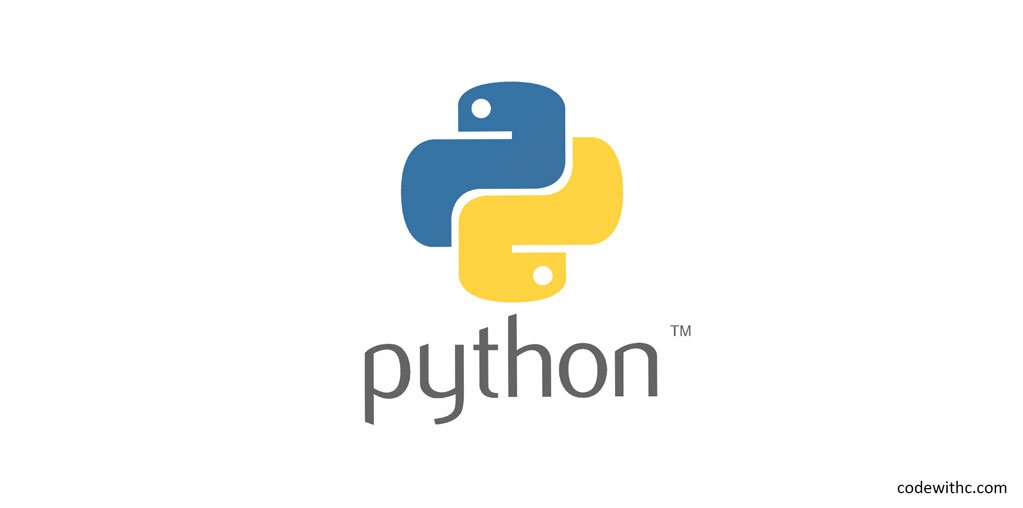Counter Queue is used to handle multiple threads. The concept of Counter Queue was first introduced by the developer of Java which is now a very popular programming language.
The counter queue is a data structure that is used to store the objects in FIFO (First In First Out) order. This data structure is also known as a deque or double-ended queue.
A counter queue is one of the most commonly used data structures in many real-world applications. This is because it supports the concept of First In First Out (FIFO). This means that the first item in the queue will be the first one to be processed. The second item in the queue will be processed first and so on.
It is one of the most used concurrent programming techniques in the field of software engineering.
So, in this article, I will discuss why you should learn Counter Queue and how you can create Counter Queue in Python.
The importance of Counter Queue
Before going further, I would like to explain to you the importance of this technique. As we know, a thread is a piece of execution that can run independently. So, each of them can be executed simultaneously without affecting the main thread.
This concept is called multithreading. But in order to create a multi-threaded application, you need to use another technique called Multithreading.
Here are some of the real-life examples of this data structure:
- A shopping cart that has a basket and a counter. Whenever a new product is added to the basket, it will be removed from the counter and added to the counter.
- A car garage which has a car counter. When a new car is added to the garage, it will be removed from the car counter and added to the counter.
- A phone book where you can put the new numbers when you add the new number.
- A message board where you can post new messages when you add a new message to the board.
- A message box where you can post the new messages that you receive.
- A queue that you can use to process the new orders that are placed on your website.
- A mailbox that you can use to process the new emails that are received.
- A computer keyboard that has a new key added to the keyboard.
- A game that has a new card added to the deck.
Benefits of Counter Queue
1. Multithreading
In the year 2003, the concept of multithreading was introduced in the programming language. In order to implement the multithreaded functionality, we need to create multiple threads.
But the problem with this technique is that it is not very easy to create threads. And this method is used only when you need to run multiple threads.
2. Concurrency
As mentioned above, this is one of the most popular concurrent programming techniques. It is used to handle concurrent tasks.
The main advantage of this technique is that it makes your program scalable. This is the reason why this technique is used in all kinds of applications.
3. Parallelism
Parallelism is a kind of concurrency technique. In this technique, you can run multiple programs in parallel.
For example, if you are writing a file transfer program then you can make use of this technique. This will increase the speed of your application.
4. Thread safety
Thread safety is one of the important aspects of this technique.
In this technique, you need to make sure that you don’t make any mistakes in your code.
5. Low overhead
The performance of this technique is very high. It doesn’t consume much memory.
So, if you are running an application in a server, then this technique will be perfect for you.
6. Scalability
You can make your application scalable in this technique.
7. Highly responsive
With this technique, you can make your application highly responsive.
A counter is a data structure that stores the number of items and has a limited capacity. We can also call it a queue counter, as it is a kind of queue that holds numbers.
How to Create a Counter Queue in Python
import threading
import Queue
class ThreadedCount(threading.Thread):
def init (self, name, start, stop):
threading.Thread. init (self)
self.name = name
self.counter = start
self.limit = stop
def run(self):
while self.counter < self.limit:
self.counter += 1
print(self.name, self.counter)
print(self.name , "finished")
return
queue = Queue()
foo = ThreadedCount("Foo", 1, 10)
bar = ThreadedCount("Bar", 1, 10)
foo.start()
bar.start()
print("main - running")
foo.join()
bar.join()
print("main - thread is done")
